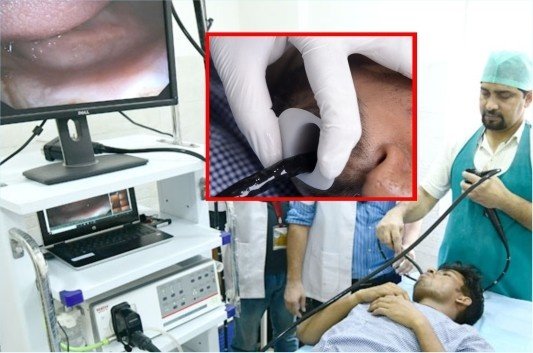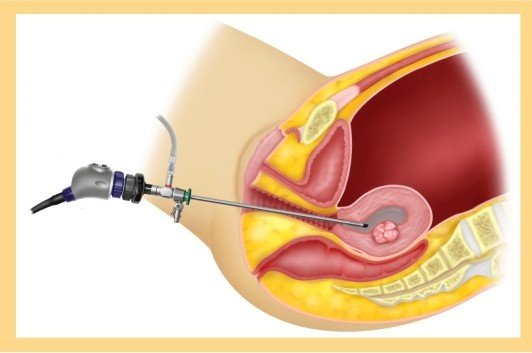ENDOSCOPY
Endoscopy at Narayan Swaroop Hospital is a minimally invasive diagnostic procedure used to visualize and evaluate the internal organs and structures of the body. During an endoscopy, a thin, flexible tube with a camera and light source, called an endoscope, is inserted into the body through natural openings such as the mouth, anus, or urethra, or through small incisions in the skin.
Endoscopy allows healthcare providers to examine various organs and systems, including the gastrointestinal tract (upper endoscopy, colonoscopy), respiratory system (bronchoscopy), urinary tract (cystoscopy), and female reproductive system (hysteroscopy).
The procedure is commonly performed to diagnose and treat conditions such as gastrointestinal bleeding, ulcers, polyps, tumors, inflammation, infection, strictures, and other abnormalities.
Endoscopy at Narayan Swaroop Hospital is conducted by experienced specialists using state-of-the-art equipment and techniques. The procedure provides high-definition imaging and real-time visualization, allowing for accurate diagnosis and targeted interventions.
Patients undergoing endoscopy receive personalized care and support throughout the procedure, including sedation or anesthesia to ensure comfort. After the procedure, patients may receive instructions for post-procedure care and follow-up, depending on the findings and any interventions performed during the endoscopy.
Endoscopy plays a crucial role in early detection, diagnosis, and treatment of various medical conditions, contributing to improved patient outcomes and quality of life. For specific information about endoscopy services offered at Narayan Swaroop Hospital, it's recommended to contact the hospital directly or visit their official website.
HYSTEROSCOPY
Hysteroscopy at Narayan Swaroop Hospital is a minimally invasive diagnostic and surgical procedure used to examine the inside of the uterus (endometrial cavity) and diagnose or treat various uterine conditions. During a hysteroscopy, a thin, lighted telescope-like instrument called a hysteroscope is inserted through the vagina and cervix into the uterus.
Hysteroscopy can be performed for diagnostic purposes to investigate abnormal uterine bleeding, recurrent miscarriages, infertility, or suspected uterine abnormalities such as polyps, fibroids, adhesions, or structural defects.
Hysteroscopy can be performed for diagnostic purposes to investigate abnormal uterine bleeding, recurrent miscarriages, infertility, or suspected uterine abnormalities such as polyps, fibroids, adhesions, or structural defects.
Additionally, hysteroscopy can be used therapeutically to treat certain uterine conditions. For example, polyps, fibroids, or adhesions can be removed during the procedure, and abnormalities such as septa can be surgically corrected.
The procedure is typically performed on an outpatient basis and may or may not require anesthesia, depending on the extent of the procedure and patient preference. Recovery is usually quick, with minimal discomfort and few complications.


